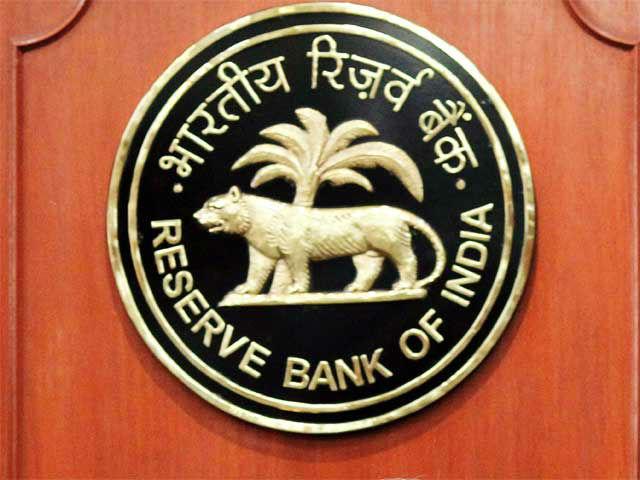The Reserve Bank of India was established on April 1, 1935, under the Reserve Bank of India Act, 1934. The act came into force on 6th March, 1934. The Reserve Bank of India commenced its operations on 1st April, 1935. The act provides for the Constitution management and functions of the RBI. It also empowers it to exercise control and regulations, over the Commercial Banks, the non-banking finance companies and the financial institutions.
The Act is divided into 61 Sections and four schedules. Out of these four schedules, third and fourth schedule is repealed.

Preamble of Reserve Bank of India Act, 1934
The Preamble of Act specifies the objective of RBI is to:
- Regulate the issue of Bank notes
- Keeping of reserves with a view to securing monetary stability in India
- Operate the currency and credit system of the country to its advantage
Important Sections in Reserve Bank of India Act, 1934
Some important sections in the Act are:
- Section 3: Establishment and incorporation of Reserve Bank.
- Section 4: Capital of the RBI.
- Section 6: Establishment of Offices, branches and agencies
- Section 8: Composition of the Central Board, and term of office of Directors
- Section 17: The business that RBI can transact
- Section 20: Obligation of the RBI to transact Government business.
- Section 21: RBI to have the right to transact Government business in India.
- Section 21A: RBI to transact Government business of States on agreement.
- Section 22: Right to issue bank notes.
- Section 24: Denominations of notes.
- Section 27: Re-issue of notes.
- Section 26 (1): Defines legal tender of notes
- Section 26(2): Withdrawal of legal tender of notes
- Section 42: Cash reserves of scheduled banks to be kept with the Bank.
- Section 45(U): Defines repo, reverse repo, derivative, money market instruments and securities.
Read Next: Banking Regulation Act 1949
Download this article as PDF
Click to go to JAIIB Preparation Page